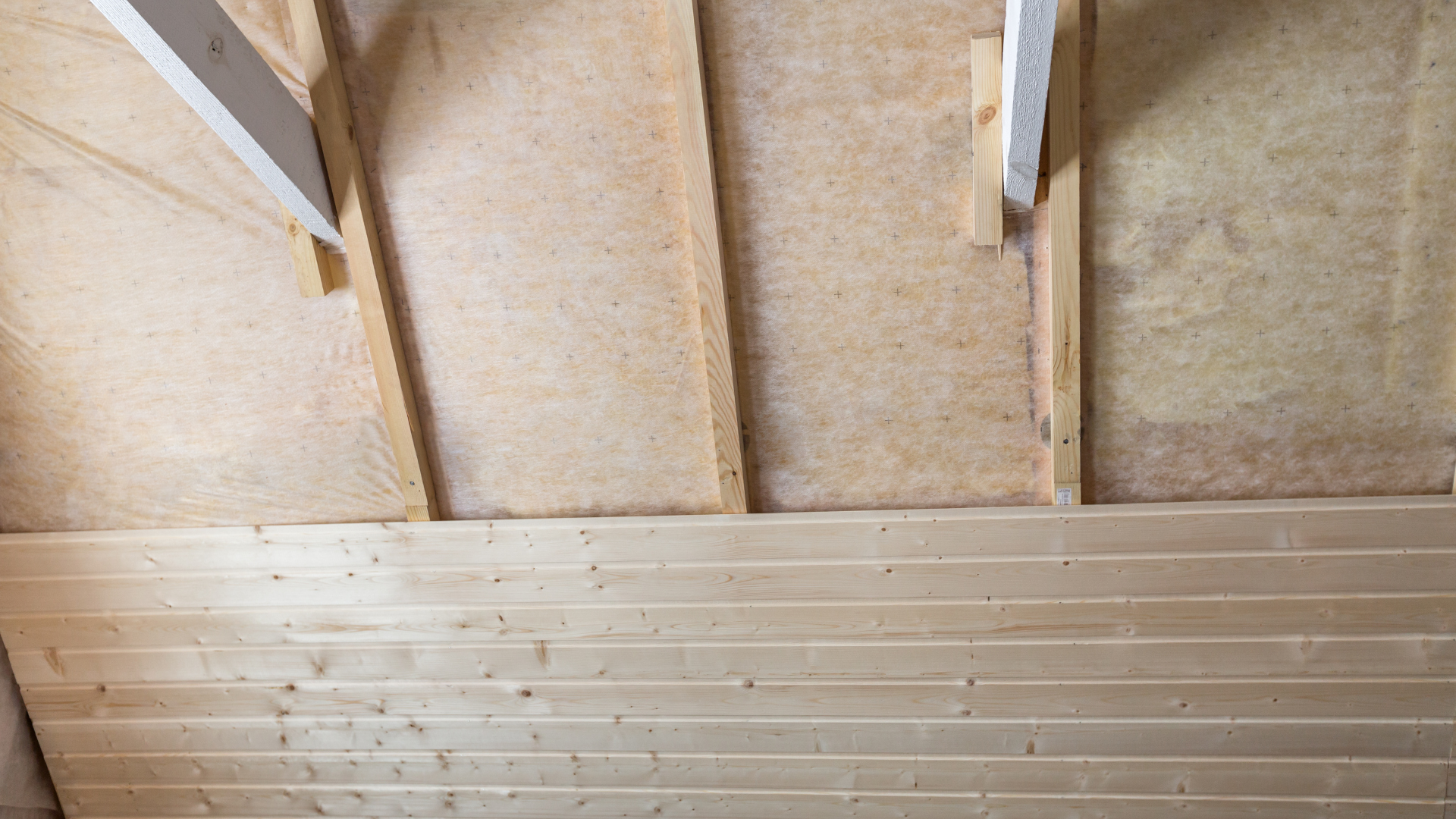In construction and woodworking, two terms often cross paths: lath and batten. Such terminologies are frequently interchanged, leaving many scratching their heads over their differences. If you’re one of them, then you’re not alone.
In this guide, we will uncover the disparities of roofing lath and battens. From their materials and dimensions to the applications, learn their roles here!
What Are Lath?
Lath is a thin, narrow strip of material used on the walls and ceilings inside buildings. It works by forming a plaster base, supporting various surfaces.
In roof installations, it serves as a supportive framework to secure and hold roofing materials. For instance, spacing and fixing slates or tiles onto the lath with nails. Roofing lath provides a secure and weatherproof covering.
Roof lath is typically made from wood, like treated softwood or hardwood. It is installed horizontally across the roof’s structure to add. Additionally, it comes in dimensions of around 1 to 2 inches in width and varying lengths, ranging from 6 to 12 feet.
To tailor your needs to your project, consider getting a custom order from us.
What Is a Batten?
Roofing batten refers to a thin strip commonly used in a roof structure. It provides the fixing point for shingles or tiles, depending on the application. The spacing of tile batten, for one, will vary on the type of material used, such as applied horizontally.
Moreover, battens create a framework to support roof coverings, ensuring a secure surface. In cladding, they serve as horizontal supports for exterior siding materials. Their addition helps enhance insulation and weatherproofing.
Roof batten fence is also utilised for the structural stability of fencing panels. Like laths, they can be crafted from timber like wood pine, including steel and PVC. Roof batten sizes range from 1 to 3 inches in width and varying lengths to suit unique project needs.
Roofing Lath vs Batten
Understanding these differences empowers you to choose the right material for your projects:
Material and size differences
- Lath: Usually made treated softwood or hardwood. Typically ranges from 1 inch to 2 inches in width and 3/8 inch to 3/4 inch in thickness.
- Batten: Also made of timber like wood pine, but can include metal or plastic options. Generally broader than lath, ranging from 1 inch to 4 inches in width and similar in thickness.
Applications and function
- Laths: Primarily used for securing and spacing roofing materials, e.g., slates or tiles. They create a stable base overall.
- Battens: Versatile support elements used in roofing, exterior cladding, and fencing. They anchor and reinforce materials, enhance ventilation, and ensure proper water drainage.
Shapes and installation methods
- Roofing lath: Usually straight, narrow strips. Installed horizontally across the roof’s framework.
- Roofing batten: A slate batten can be installed either horizontally or vertically. Read our “How Do You Install Roofing Battens” guide for more.
Structural integrity
- Roof laths: Provides a secure base for lightweight roofing materials. They enhance roof stability and longevity.
- Roof battens: Contributes to the structural integrity of roofing systems. They offer support and ventilation and prevent water buildup. A treated roof batten offers increased resistance to external forces, to add.
Round-up
Understanding the difference between these two is crucial. Lath in roofing serves as a supportive framework to secure and hold roofing materials. Meanwhile, battens play a versatile role in roofing, cladding, and fencing projects.
Moreover, the former provides a secure and weatherproof covering. The latter, in contrast, contributes to the structural integrity of roofs and walls. Overall, their variances in materials, sizes, and installation methods further distinguish them.
Once you’ve determined the best fit for your project, explore our roofing services. Feel free to contact us for pressure-treated queries or get a quote for more information.
What you should read next: What Are Roofing Battens?
